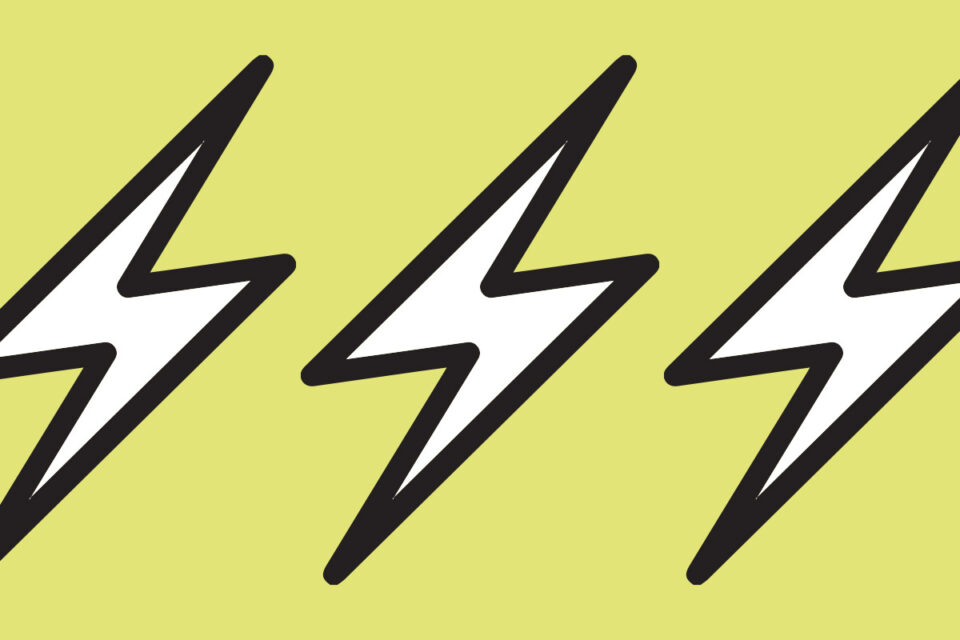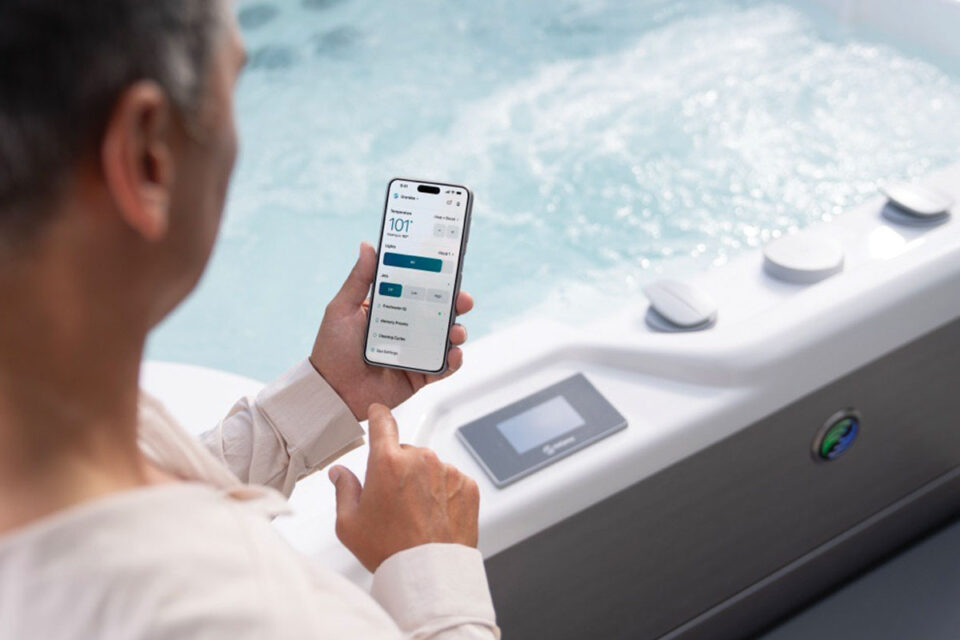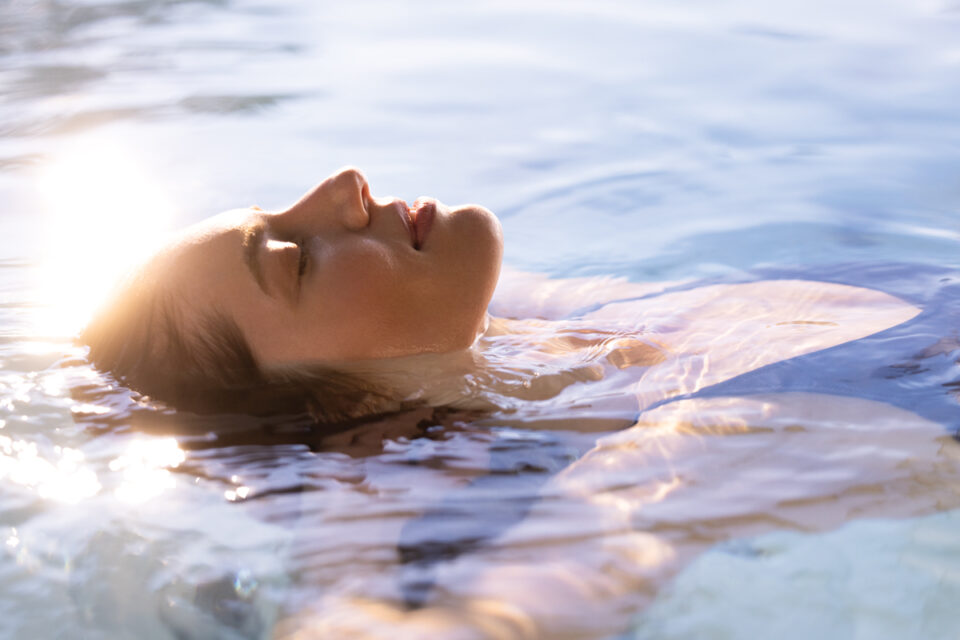This post was originally published on this site
In the world of hot tubs, the issue of energy consumption has become a growing concern for both retailers and consumers. As the Department of Energy reevaluates its oversight of hot tub regulations, the industry is at a crossroads, facing potential energy restrictions that could impact the way spas are used and sold. With over five million U.S. households owning spas, finding a balance between energy efficiency and a satisfying hot tub experience is crucial.
Energy regulations and industry concerns
In September 2022, the DOE designated portable electric spas as covered consumer products under the Energy Policy and Conservation Act. This move was prompted by the average U.S. household energy use for portable electric spas exceeding 100-kilowatt hours per year. The Pool & Hot Tub Alliance has been advocating for the adoption of APSP-14, a nationwide standard setting a minimum threshold for energy efficiency in hot tubs and swim spas.
California, a trendsetter in energy regulations, adopted the first standard for portable electric spas in 2004, setting limits on energy consumption for maintaining temperature and water circulation. Other states, including Connecticut, Oregon, Arizona, and Washington, followed suit in subsequent years. In 2014, the American National Standard Institute approved APSP-14, an industry standard for portable electric spa efficiency. The standard, updated in 2019, ensures consistent testing procedures, third-party verification and validation.
The Appliance Standards Awareness Project estimates that adhering to the 2019 standard could save 23 billion kilowatt-hours of electricity by 2035, preventing the emission of 8.7 million metric tons of





